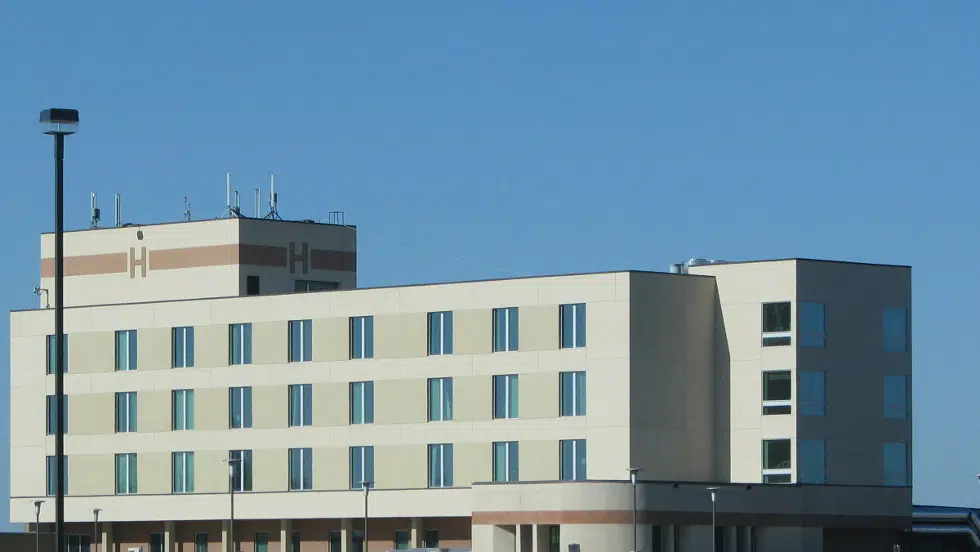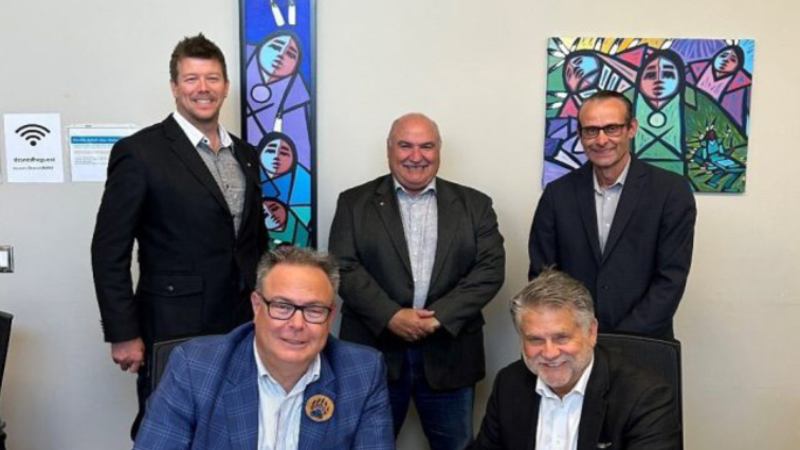
Victoria Hospital making small changes with big effects
Victoria Hospital is looking to streamline their operations as much as possible.
For the last week the hospital has conducted several Rapid Process Improvement Workshops (RPIW’s), which focus on implementing positive changes around Victoria Hospital.
“I always learn tremendous amounts of information about what other people do,” said Onnalee Stuckel, the community team manager for Prince Albert Home Care.
“It creates understanding and bottom line it improves patient quality.”


